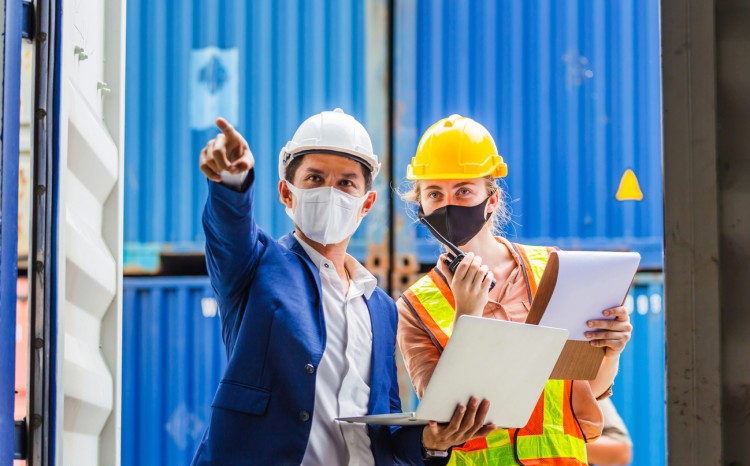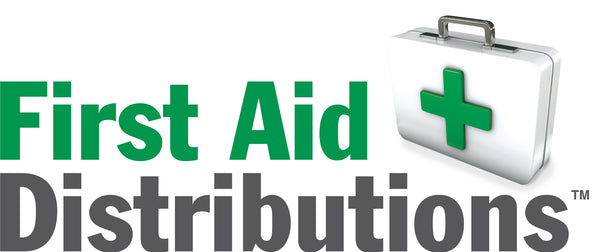FREE FREIGHT AUSTRALIA WIDE FOR ORDERS OVER $200

Identifying workplace hazards
Accidents and incidents in the workplace account for hundreds of thousands of injuries and fatalities every year.
Identifying a hazard in the workplace is difficult, so knowing what you’re looking for is very important. Workplace hazards are grouped into six categories and depending on your work environment, hazards will vary more serious than others and comes in many shapes.
Work Environment
Mental health issues mostly fall under this category and are a result from factors in the workplace. Some of which are workplace respect, harassment and stress due to work demands.
Safety
Unguarded heights, unsecured cords and worn cabling are just some examples of core safety hazards and should be completely removed from the workplace.
Chemical
Chemical hazards are created by directly handling chemicals, due to vapours, or a fire risk or chemical hazards are a hazard form exposure of the chemical agents.
Physical
Physical hazards such as extreme temperatures, high noise levels even radiation can cause harm to the worker without having direct contact with the hazard.
Biological
Biological hazards are created by exposure to any biological agents that may result in injury or disease. These will be especially prevalent when working in the healthcare industries but should not be ignored in any workplace. Hazards in this category are factors such as bacteria, bodily fluids, viruses, human or animal waste, or insect bites.
Ergonomic
Desk heights, incorrect seating, regular heavy lifting, excessive vibrations, or similar issues are things to look out for here as Ergonomic hazards are risks that may not have an immediate injury but can cause long-term problems.
Now that you know the types of hazards that may be present in the workplace, it is easy to over look some hazards in the everyday work place. Here are some tips to help you identify risks:
- Consider non-routine operations, such as cleaning operations, maintenance, or changes in production cycles.
- For equipment think about long-term hazards such as high noise levels, check safety data sheets and manufacturer instructions.
- Its important to keep lines of communication open with your workers, ask open-ended question as they may identify risks to both workers and production. Ask your workers about any safety or health issues they may have encountered in their work.
- For chemicals, check manufacturer instructions or safety data sheets. Remember to think about long-term health hazards such as exposure to harmful substances.
- People tend to deal with incidents as they occur but doing an overall review of worker complaints or near misses can help identify less obvious hazards and can also alert you to a pattern and help you to identify a hazard that may be systemic.
- Check out Industry health and safety data, it shows detailed data for any industry. Consult with manufactures, suppliers and industry associations they will all provide you with valuable information. Make sure to keep up with information about risks and hazards specific to your industry and or type of work.
- Review our resources and information on common risks in specific industries, including common hazards and exposures and tools, machinery and equipment.
By identifying the hazards, assessing the risks involved and then controlling or eliminating these risks, the consequences and/or likelihood of illness, injury and death are reduced.
It is always important to ensure that appropriate first aid kits are available on hand and that a first aid officer is easily identified. Depending on the location and type of business, it should always be top priority to ensure that staff members are up to date in first aid certification so that if an injury or illness does occur, staff members will know what to do to reduce progression of these incidents.
First Aid Distributions stock a huge range of first aid kits for a variety of situations. You can also enroll in first aid training with Access Skills Training.
